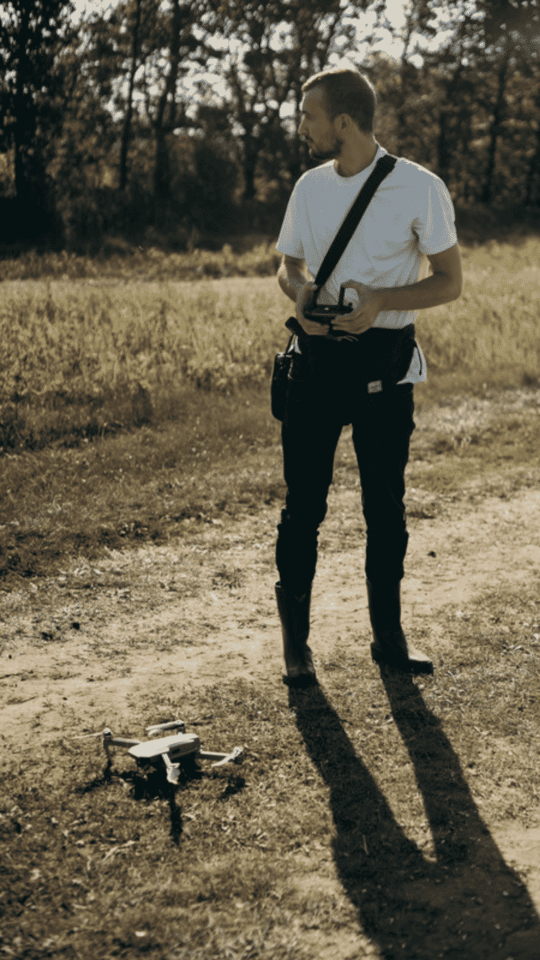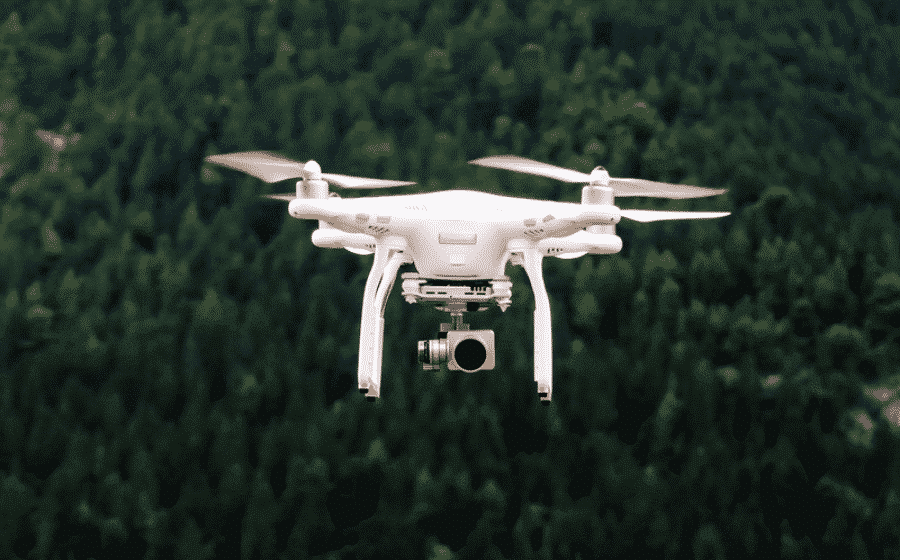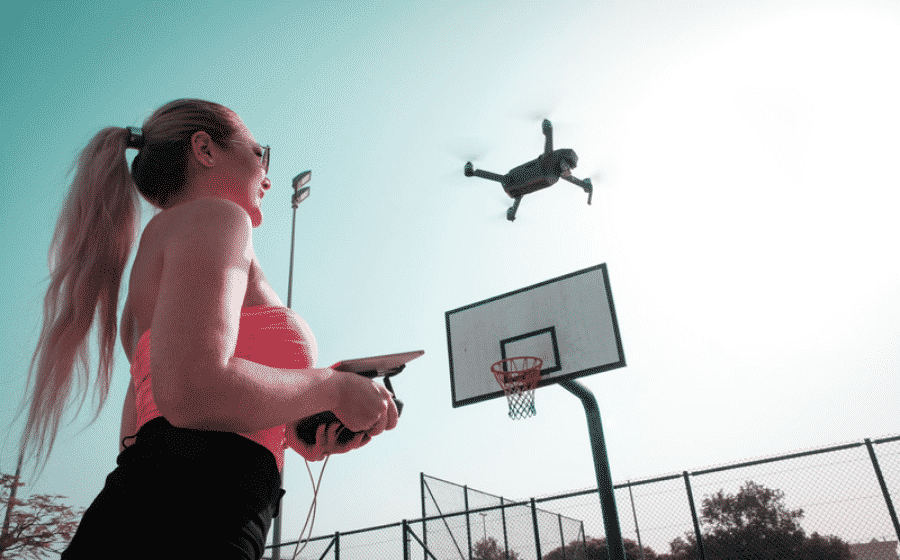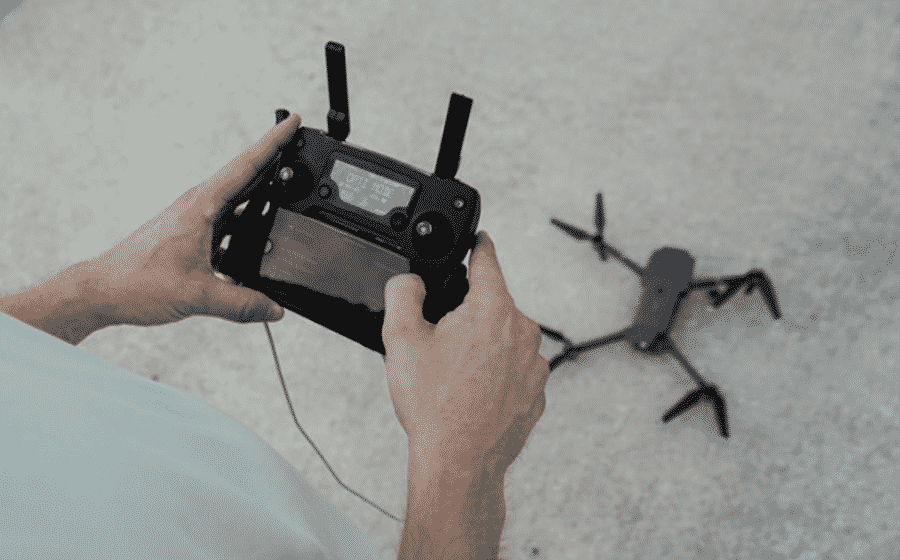The following information is compiled, and simplified information taken from the FAA website on how to register your drone.
Drones are becoming the latest craze for professionals, hobbyists, and educators. Whatever your drone will be used for, there are rules and regulations one must follow before you can officially prepare your drone for takeoff.
The first step is to register your drone. All drones must be registered unless your drone weighs under 0.55 pounds. If you are caught with an unregistered drone, civil penalties can cost up to $27,500, and criminal penalties can cost up to $250,000 and up to three years in jail.
Wired® has created a helpful spreadsheet that lets you know whether your drone requires registration or not if you are unsure. Check out if your drone requires registration here.

Drone owners need to determine their registration status
The majority of drone users fly a drone that is under 55 lbs. If your drone does exceed 55 pounds, you will need to register by paper, registration instructions can be accessed by clicking on the link (14 CFR Part 47).
You can fly under Part 107 for any reason, including for work, business, for fun in your backyard, to teach, or for public safety missions. All drones being registered under Part 107 will be between 0.55 lbs. and 55 lbs. You will be required to register under one of the following:
After your drone is registered, it is important to review the rules for flying your drone prior to your first flight.

There are rules to keep in mind when piloting drones
Maintaining a safe and effective airspace for you and other drone pilots is of the utmost importance. It is central to understand where you can and can’t fly your drone.
As a drone operator, it is your responsibility to understand and abide by the rules of the airspace and always fly within FAA guidelines and registrations:
Be sure to download the B4UFLY app on your mobile device. This will assist you in being a responsible drone pilot.
Recreational Users: You are considered a recreational user if you fly your drone for fun, even if you only fly in your backyard.

Even recreational users must register their drones
Once you’ve registered, mark your drone with your registration number in case it gets lost or stolen.
The following drone registration is for a Certified Remote Pilot, Commercial Operators, or Educational Users flying under option 1 in Part 107 (option 2: flying under the Special Rule for Model Aircraft is the same registration as a recreational flier process), the following is required:
Certified Remote Pilot including Commercial Operators: register under this category if your drone is under 55 lbs. and is for work or business
Educational Users: register under this category if your drone is under 55 lbs. and is used for educational or instructional purposes, such as class room or drone training programs.
Make sure you understand what is and is not allowed under Part 107 rules and review a summary of the Part 107 rules (PDF).
Still unsure of Part 107 Rules? This check user identification tool might help. Some operations are not covered by Part 107 and require a waiver. Check out examples of what requires a waiver and read about Part 107 Waiver Application Process.
Become an FAA-Certified Pilot by Passing the Knowledge Test

FAA certification is recommended for all drone owners
Must be at least 16 years old
After you’ve passed your test, you will need to complete the FAA Form 8710-13 for your remote pilot certificate (FAA Airman Certificate and/or Rating Application) using the electronic FAA Integrated Airman Certificate and/or Rating Application System (IACRA)*
Register with the FAA
If you are flying a drone for investigation purposes, be sure to check out LTI’s crash/crime mapping kits that can map in your control points ensuring the upmost accuracy for court purposes.
Contact us today for more information on how LTI products integrate with drones and other modern technologies.
Contact Us